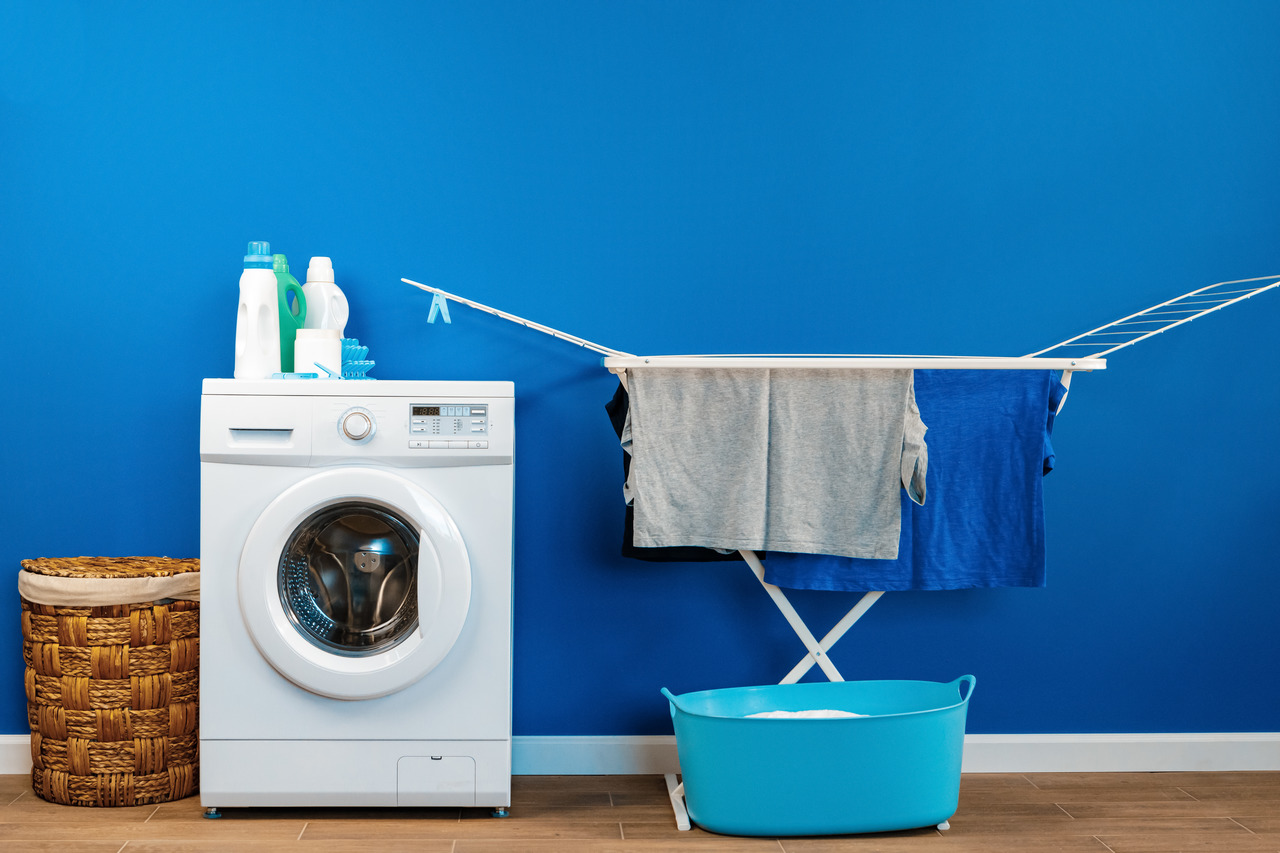
More and more people are choosing to buy an electric clothes dryer. Why? This is a device which saves time on everyday activities and increases the sense of comfort
A dryer can be particularly helpful for people who are not keen on household chores or have a very active lifestyle and do not have time to properly take care of their home. We suggest what to look for when choosing a clothes dryer to make a satisfying purchase
Although nowadays in stores we can get many dryers equipped with many functions, the most popular are three specific types – exhaust, condensation and condensation models with a heat pump. They differ from each other not only in the way they work, but what is important – the price. Below we have outlined the characteristics as well as the pros and cons of the three types of clothes dryers.
They are based on a very simple mechanism of operation – heated air is blown into the chamber and then removed along with the steam. The advantage is definitely an attractive price, but it is also worth looking at the disadvantages of this solution. Due to the fact that the air is blown directly from the environment, it becomes necessary to connect to the ventilation duct. Therefore, before buying this equipment, you should think about the placement of other appliances and furniture in the apartment. Exhaust dryers often consume more electricity than other models.
>> See also: smart dishwasher. How does it work?
Condensing dryers are much less cumbersome to operate than exhaust dryers. The condensed steam is collected in a special container. In cheaper models, the container needs to be emptied manually, and slightly more expensive ones have an integrated drain to the sewage system
The principle of their operation is analogous to the previous model with one significant difference – condensation dryers with a heat pump have a closed system. Thanks to this, the heated air is then cooled, which ensures lower energy consumption and a more gentle drying of clothes.
In addition to the type of dryer, there are several other practical aspects worth considering. These include, first of all, dimensions and capacity, which you need to choose depending on the possibilities of the premises and individual needs.
Especially for small spaces, the depth of a clothes dryer is of considerable importance. Most standard models are between 55 and 60 centimetres deep, although larger models are also available on the market. Devices below 55 cm are less common and you have to reckon with a smaller capacity. The other dimensions will be helpful when installing any furniture next to the dryer.
The drum of a dryer is usually slightly larger than that of a washing machine, despite the same load capacity. This is because the clothes in the dryer need more space for the warm air to reach them freely.
It is advisable to choose the same capacity of the dryer as the washing machine. In this way, immediately after doing the laundry, we will be able to directly throw the wet things into the dryer. Standard models have a load capacity of 4 to 9 kilograms. However, if you have a family of several people, you can consider a larger capacity.
As with other home appliances, the energy rating of clothes dryers is determined on a scale from “A” to “G”. Most modern models on the market fall between “A” and “B”, although even in this narrow range there can be significant differences in energy consumption.
It is best to choose dryers in class A+++, although this involves spending several thousand zlotys – the final price depends on the model, the technology used and additional features. A B-class dryer can be obtained for around 1000 zlotys, but the annual energy cost can be even three times higher than in the case of an A+++ device. It is worth considering this issue individually and think about what is the optimal solution